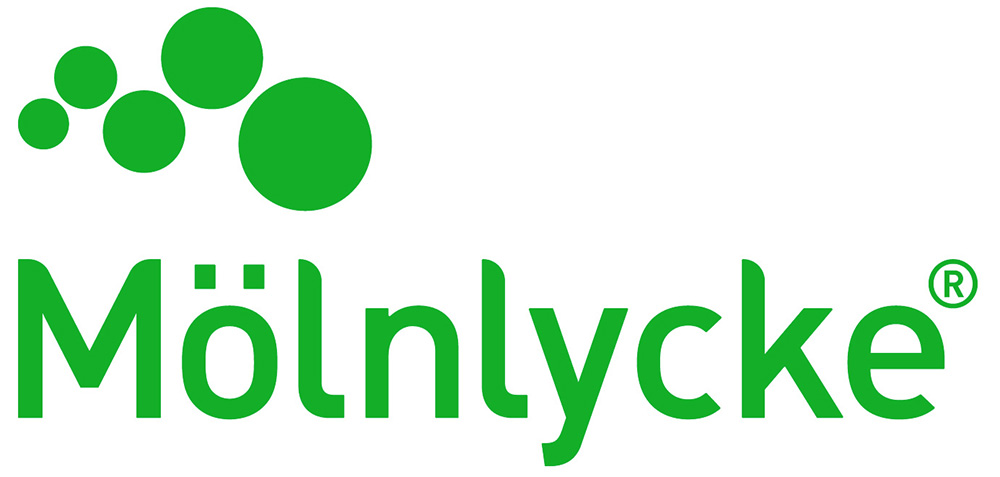Lukla Biasi

Lukla is an experienced vascular and endovascular surgeon with a dedicated commitment to the sub-specialties of Lower Limb Revascularisation, Multidisciplinary Diabetic Foot management and Carotid Surgery.
Lukla Biasi was awarded a Bachelor of Medicine & Surgery with honours (Summa cum Laude) from the University of Bologna, Italy. Following a research fellowship at St Georges’ Vascular Institute in London, he completed the specialist training at the University Hospital of Parma, Italy, where he was appointed Consultant Vascular Surgeon in 2009. Lukla moved to the UK in 2014 for a clinical fellowship on complex lower limb revascularisation at St. Thomas’ Hospital, London.
Mr Biasi took up his consultant vascular appointment at Guy’s and St Thomas’ NHS Trust in 2016. He is the specialty lead for Lower Limb Revascularisation, fore-fronting cutting edge endovascular, hybrid and open treatments. He has a specialist interest in complex wound management, digital health literacy and telemedicine.
Mr Biasi has been Patients’ Safety co-lead and he is currently treasurer /fund holder of the GSTT Vascular Charity Fund. He was awarded an International PhD – Doctor Europaeus – “Summa cum Laude” in 2018 with a doctoral thesis on Complex Infra-Popliteal Revascularisation in patients with Critical Limb Ischaemia.
Mr Biasi has published on international peer-reviewed journals and is, at present, editorial board member of the Vascular & Endovascular Review Journal (VER) and reviewer for the European Journal of Vascular and Endovascular Surgery (EJVS), the British Journal of Surgery (BJS), Annals of Vascular Surgery (Ann Vasc Surg), the Journal of Vascular Endovascular Surgery (VES), Angiology and JRSM Cardiovascular Disease.
In the private sector, Mr Biasi has implemented a multidisciplinary Vascular Wound Care service (www.vascularwoundcare.com) for timely assessment, diagnosis and treatment of vascular lower limb ulcers and complex wounds.
Lukla is supporting the charitable sector (The Lindsay Leg Club Foundation) and advocating for marginalised population.
Presentation at The SoTV/EWMA 2024 Conference, London
Complex lower limb revascularisation: the state of the art
Learning objectives
After attending this session, persons will be able to:
- Epidemiology of Arterial and Mixed Leg Ulcers
- Chronic Limb Threatening Ischemia: international guidelines and NHS England recommendations
- Treatment algorithm of CLTI
- Vessel preparation: intravascular lithotripsy and rotational atherectomy
- “Leave nothing behind”: the stentless paradigm shift
Abstract
Peripheral arterial disease (PAD) is the third leading cause of atherosclerotic cardiovascular morbidity, following coronary artery disease and stroke. In the 21st century, PAD has become a global pandemic with significant healthcare, social and economic implications.
In the study year 2017/2018, 2.0% of the adult UK population has been diagnosed with a lower limb ulceration – equating to 1 million ulcers (Guest et al. BMJ Open. 2020); nearly half of these presents as Chronic Limb Threatening Ischaemia (CLTI) due to arterial or mixed aetiology, warranting urgent limb & life salvaging revascularisation (Global Vascular Guidelines Eur J Vasc Endovasc Surg. 2019).
Vessel preparation (VP) to improve luminal gain and arterial compliance & drug eluting technology to minimise intimal hyperplasia and target-lesion restenosis have led to an evidence-based paradigm shift in modern endovascular treatment.
Intravascular lithotripsy is a low-pressure balloon system with integrated emitters producing shockwaves that disrupt the arterial wall calcifications. Atherectomy devices allow mechanical debulking of chronic total occlusion, improving patency and drug absorption.
VP together with intravascular ultrasound imaging (IVUS) improve technical outcomes, minimising intraoperative complications, reducing target-lesion reintervention and expanding the frontier of endovascular treatment to the “no-stent” zone.
Multicentre, randomised data are needed to highlight the long term clinical benefits in terms of amputation-free survival, wound-healing and functional outcomes.














